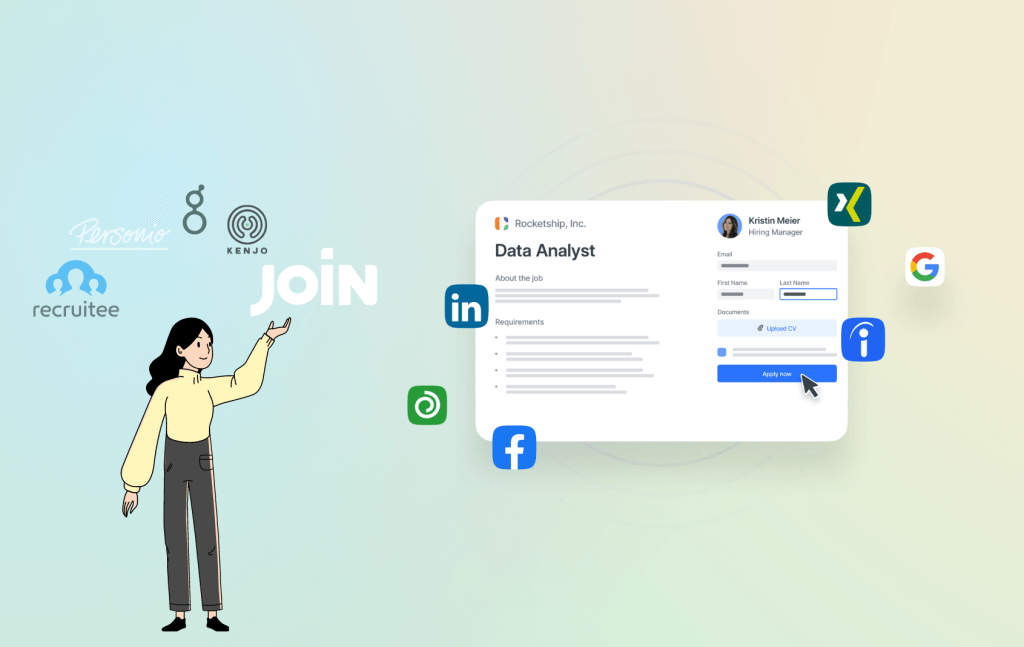What is people analytics?
Definition
People analytics is the use of data and analytics to drive better decision-making around people-related issues. It can be used to improve everything from hiring and retention to employee engagement and organisational performance.
How do people analytics work?
People analytics starts with data. This data can come from various sources, including surveys, performance reviews, social media, and HR systems.
Once this data is collected, it can be analysed to identify trends and patterns. This information can then be used to make talent management, succession planning, and leadership development decisions.
For example, people analytics can identify the level of candidate satisfaction, which factors are associated with employee turnover, or which training programs are most effective at improving performance.
Why are people analytics important?
People analytics has the potential to transform the way your business operates. By using data to make decisions about people-related issues, your business can improve its performance and employee experience.
Benefits of people analytics
There are many potential benefits of using people analytics, including:
- Increased efficiency: People analytics can help your business save time and resources by making it easier to identify and solve problems.
- Better talent management: You can identify, and improve your talent attraction and retention rates with people analytics.
- Enhanced engagement: Using data to understand what employees need and want, your business can improve its employee value proposition and create a more engaging work environment.
- Greater insight: People analytics can give organisations more significant insights into their workforce, including information about employee behaviour and attitudes.
Challenges of people analytics
Despite the many potential benefits of people analytics, some challenges must be considered. These include:
- Data quality: For people analytics to be effective, organisations need to have high-quality data. This data can be challenging to collect and manage, particularly from multiple sources.
- Data privacy: Another challenge with people analytics is ensuring that data is used ethically and responsibly. Your business needs to be aware of laws and regulations around data privacy and the potential risks associated with collecting and storing employee data. Depending on your country, it could be legal or not.
- Implementation: Implementing people analytics can be a complex and time-consuming process. Your company would need to carefully consider how they will collect and analyse data and use the insights generated by people analytics.
Despite these challenges, people analytics is a powerful tool that can improve how organisations operate. By using data to make better decisions about people-related issues, organisations can improve their performance and better meet the needs of their employees.
How to implement people analytics
There’s no one-size-fits-all answer to this question. The best way to implement people analytics will vary depending on your business and your available data. However, some general tips can help make sure your people analytics initiative is successful:
1. Define what you want to achieve with people analytics
Before collecting and analysing data, it’s essential to first identify what business goals you’re hoping to achieve through people analytics. This will help ensure that you’re collecting the correct data and using it in the most effective way possible.
2. Collect high-quality data
For your people analytics initiative to be successful, your business needs to ensure they are collecting high-quality data. This means ensuring that data is complete, accurate, and up-to-date.
3. Use the right tools and techniques
There are a variety of different tools and techniques that can be used for people analytics. Choosing the right ones for your business-specific needs is essential to get the most out of your data.
4. Communicate effectively
People analytics can provide valuable insights, but those insights won’t do any good if they’re not communicated effectively to the people who need them. Make sure your business plans how they’ll share the findings with decision-makers within your organisation.
5. Iterate and improve
People analytics is an ongoing process, not a one-time event. After implementing the initial people analytics initiative, reflect on what worked well and what could be improved. Then, use those lessons learned to make your people analytics initiative even more successful.
Following these tips can set your organisation up for success with people analytics.
Learn more about how to improve employee engagement in our article!


![5 best recruiting software for small business in 2024 [incl. free]](https://cdn-public-assets.join.com/2023/07/ea9962eb-recruiting-software.jpg)